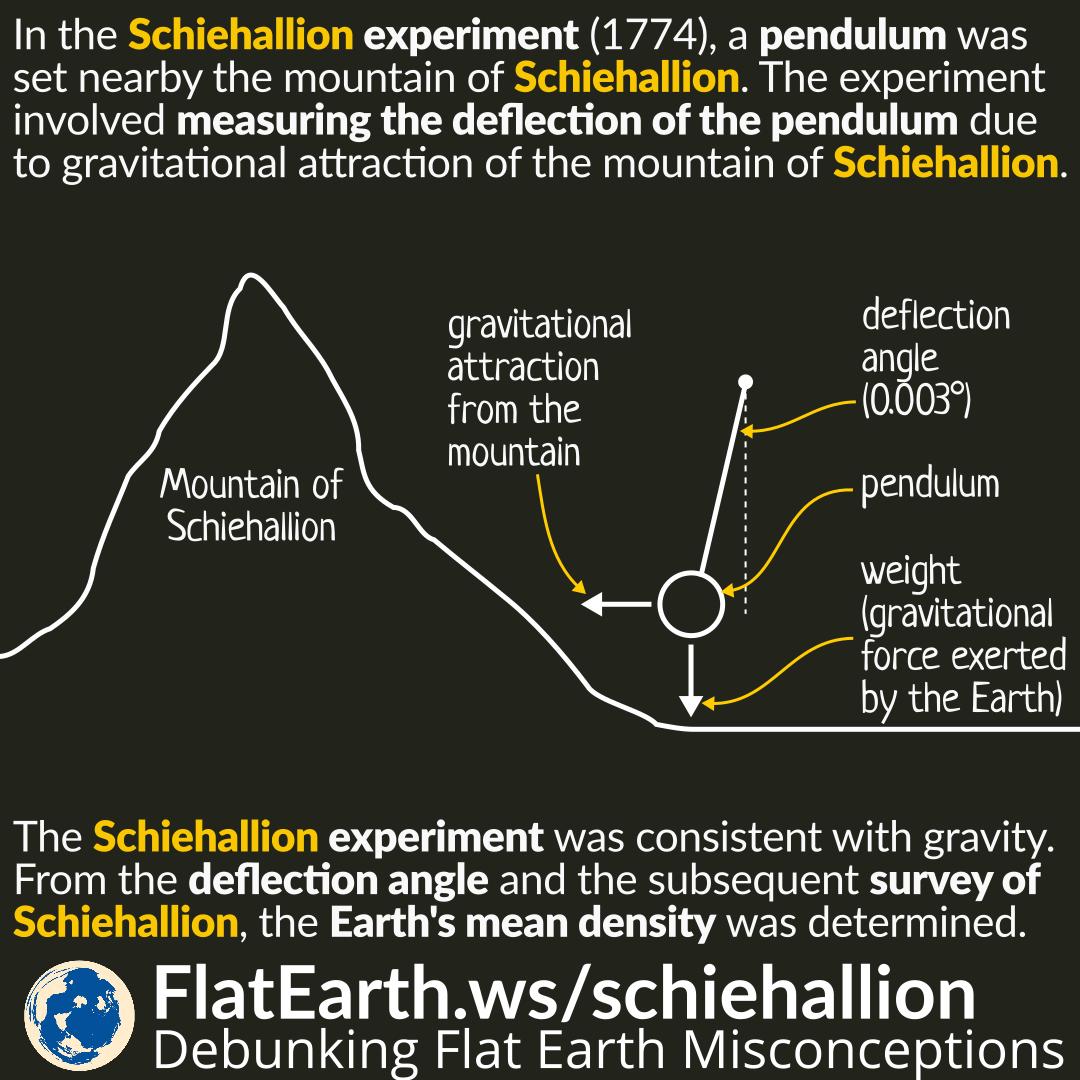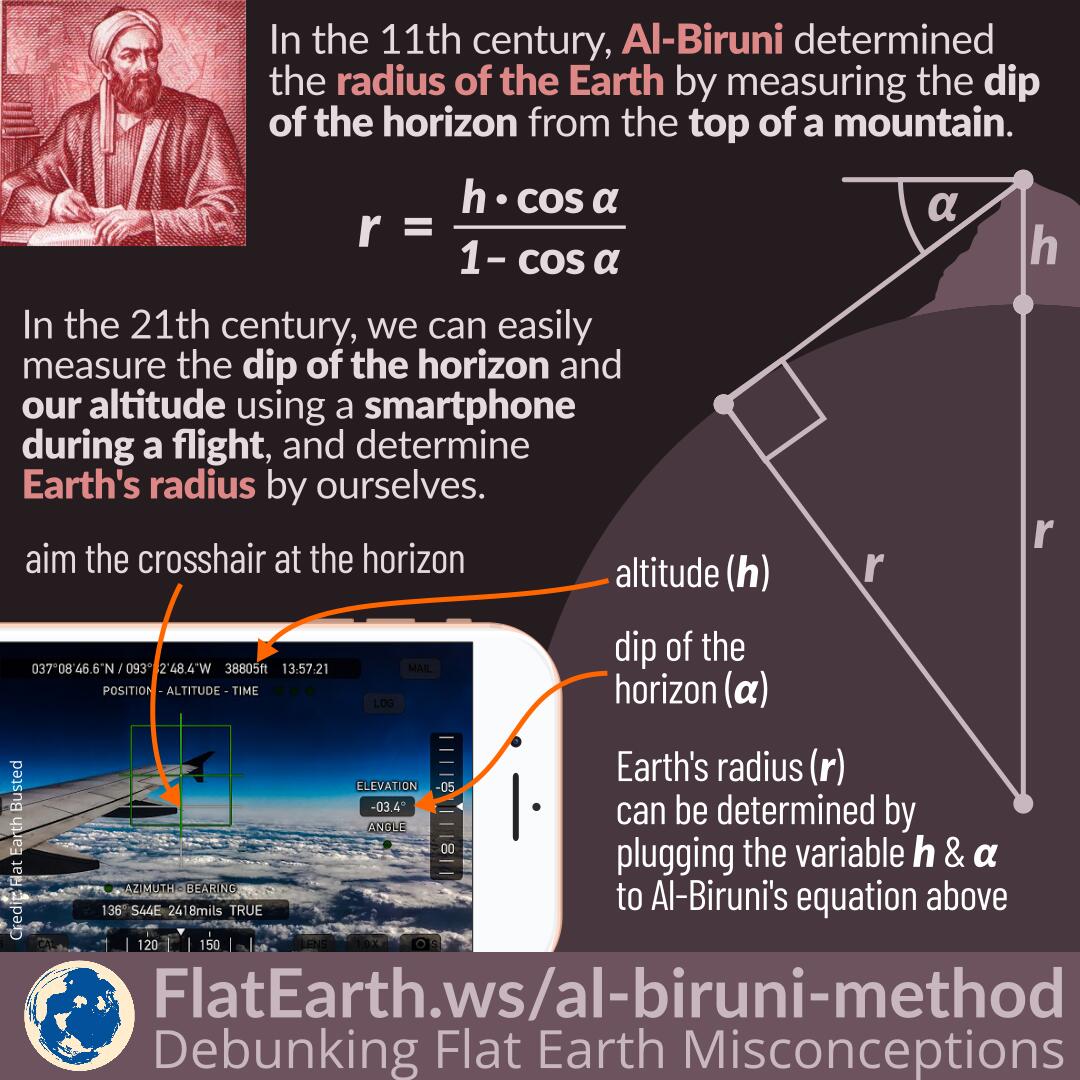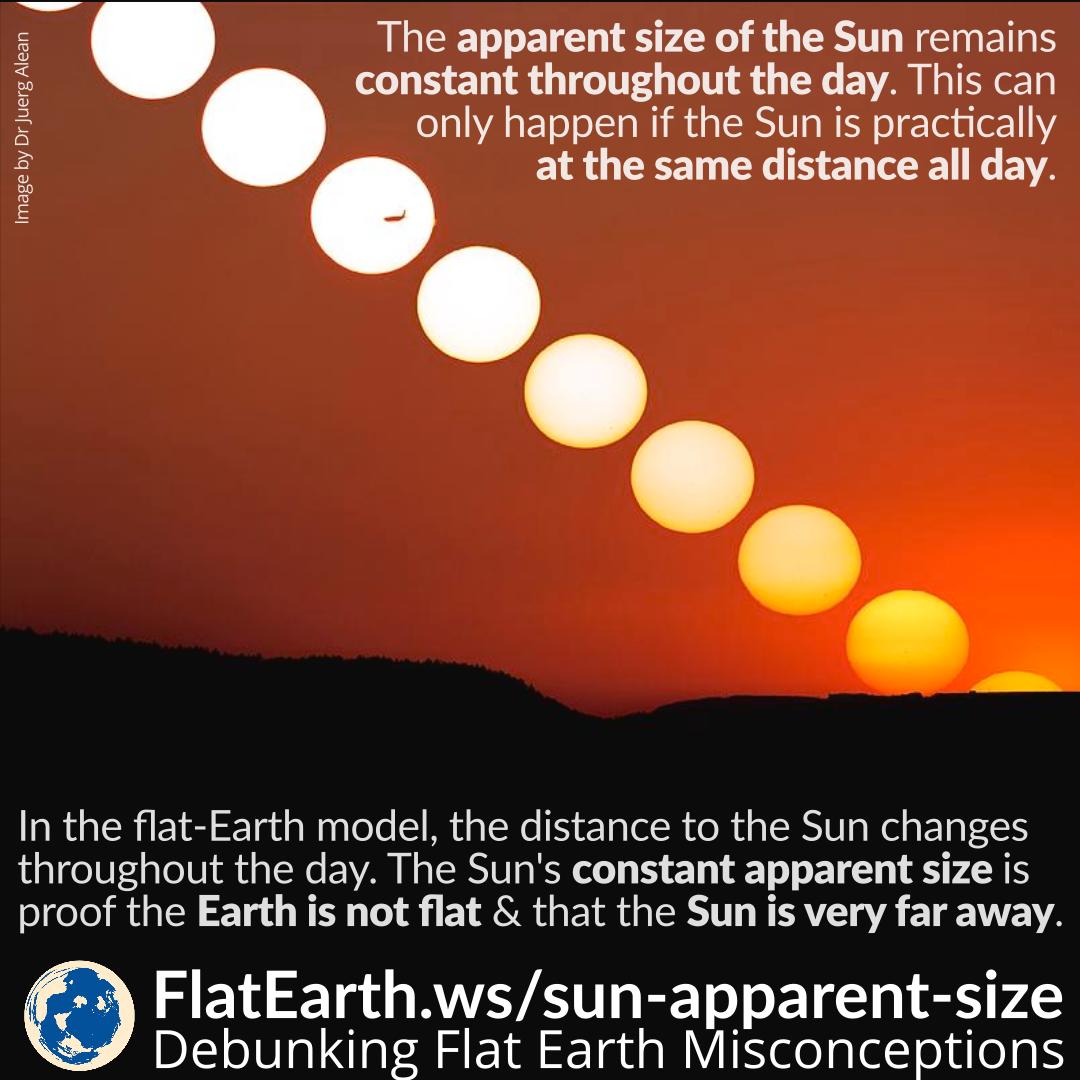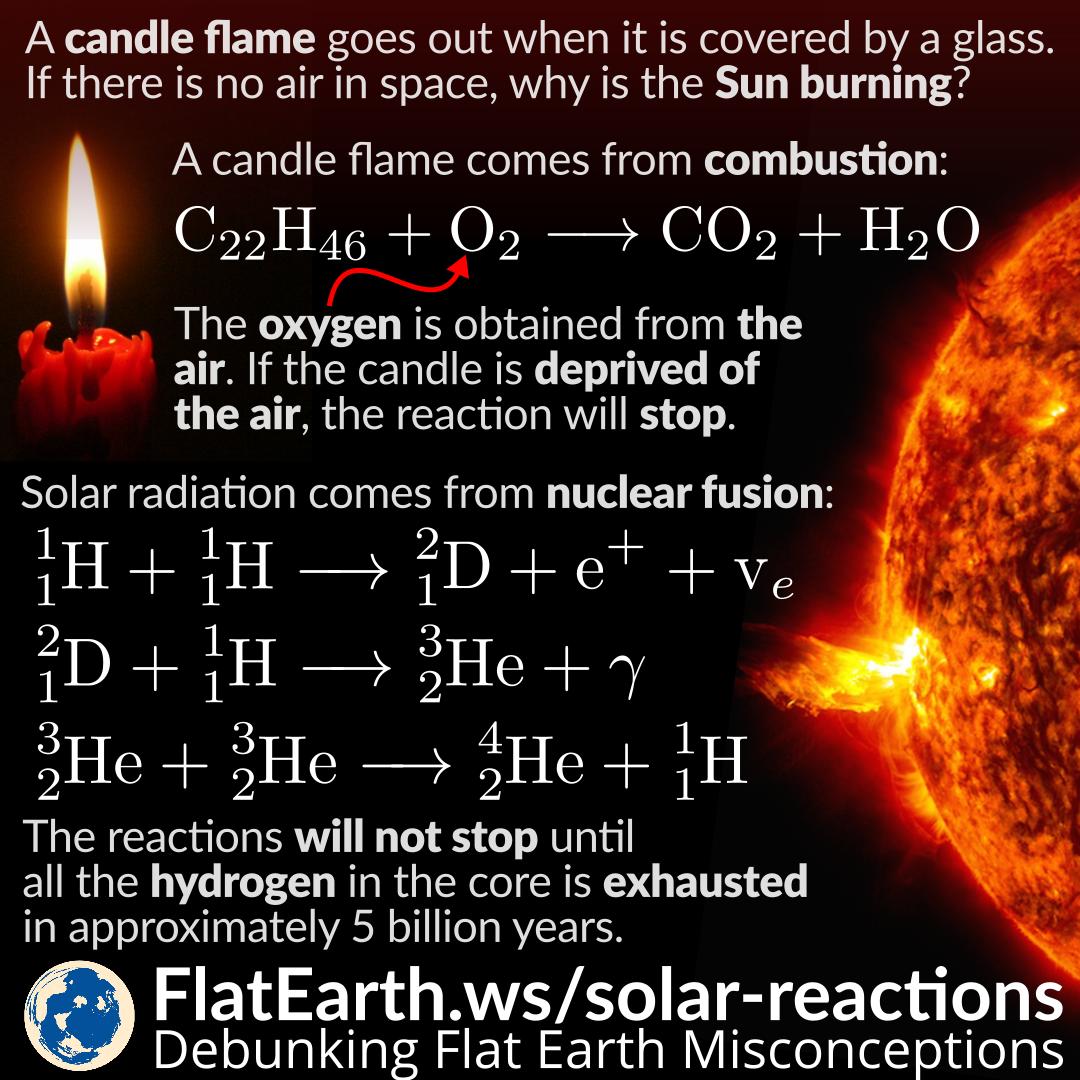The Schiehallion experiment was an experiment to determine the mean density of the Earth. It involved measuring the tiny deflection of a pendulum due to gravitational attraction from the mountain of Schiehallion, Scotland. The measured deflection was 11.6″ or 0.003°.
Flat-Earthers claim that it is impossible to demonstrate gravity and that it is evidence gravity does not exist. They are wrong. The Schiehallion experiment was one of the first practical experiments of gravity done on Earth.









